Gospel for Asia (GFA World) Special Report on the Open Defecation Sanitation Crisis
Written By Karen Burton Mains
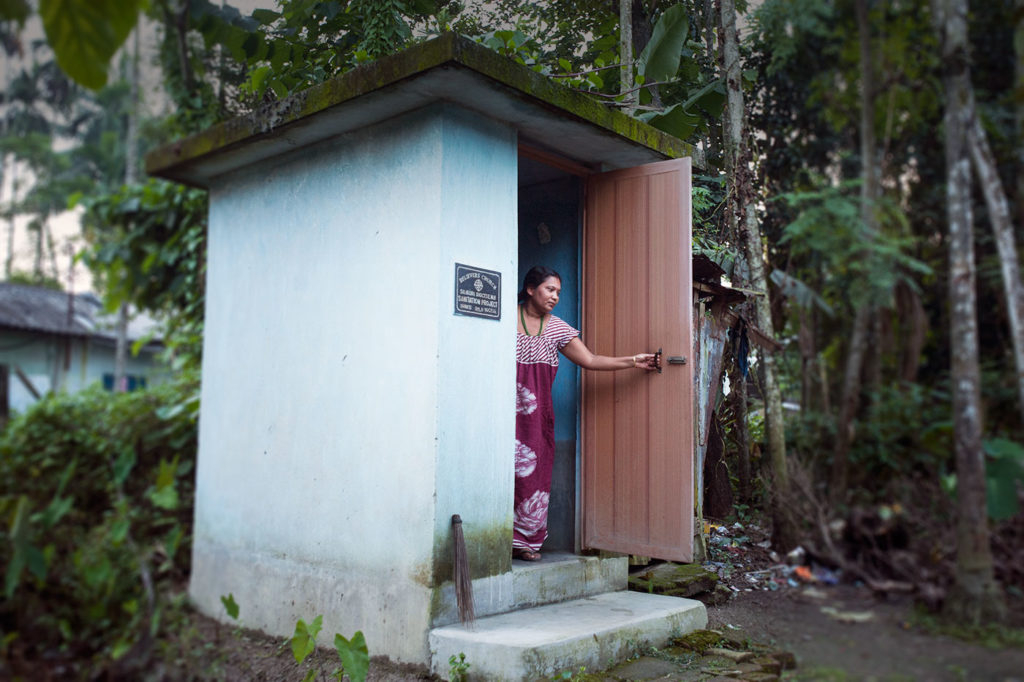

For much of my adult life, it has been my privilege to hang out with the “renegades” of Christian missions, that relief-and-development crowd that rushes to help during natural disasters, struggles to alleviate the suffering and abasement of refugee displacement, and pays concerted attention to the everyday struggles of everyday living in the developing nations of the world. The first trip I made around the world was at the invitation of Food for the Hungry, and I traveled with Larry Ward, the executive director at the time, and his wife, Lorraine. It was on this trip I became convinced this particular crew of crisis-ready, crisis-solving, crisis-adaptive humans were fueled solely by adrenaline (“When does he sleep?”).
The purpose of the trip was an international field survey with an emphasis on the refugee crisis in the world, which at that time in the l980s was the largest since World War II. We started in Hong Kong and ended seven weeks later in Kenya, Africa. My assignment was to observe with fresh eyes and to write about what I had seen. The book I wrote, The Fragile Curtain, with the help of daily briefings from the U.S. State Department and the excellent international reporting of “The Christian Science Monitor” (as well as some generous coaching from a Pulitzer Prize-winning newspaper reporter) won a Christopher Award, a national prize for works that represent “the highest values of the human spirit.”
“I never realized,” he said, “that I would eventually measure the impact of the Gospel by how many toilets had been built in a village.”
Eventually, I brought the accumulated exposure of my world travels—some 55 countries in all—and the learning I had gathered through journalism research and the actualities of dragging through camps and slums to the board table of Medical Ambassadors International (MAI), a global faith-based health organization.
The former international field director of MAI, now working to create a coalition of some 250 mission groups and development organizations implementing the MAI teaching methodology, made a statement I thought about for years.
“I never realized,” he said, “that I would eventually measure the impact of the Gospel by how many toilets had been built in a village.”
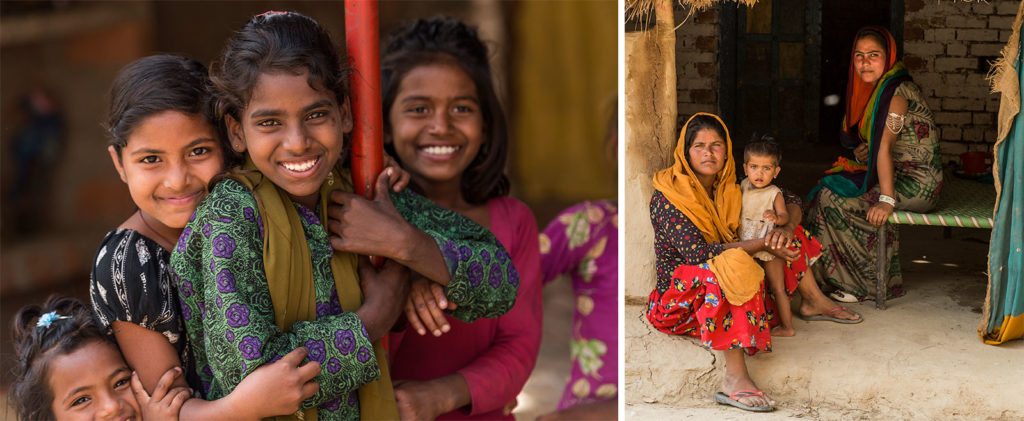
GFA’s Story: Fighting Open Defecation, Helping to Improve Sanitation in Asia
So, what does Christianity have to do with the defecation problems of the world?
Gospel for Asia (GFA) is an organization close to the heart of my husband, David Mains, and to myself. We met K.P. Yohannan, GFA’s founder, when it was just an impelling vision in the heart of a young Indian man—one of those divine nudges that simply would not stop pushing at him. Since then, David has traveled to Asia at the invitation of Gospel for Asia (GFA) some eight times; I have visited Asia under their auspices once. We’ve watched as K.P.’s vision grew from a dream to an actuality with numbers beyond anything we could have considered possible.
GFA’s website tells its story, and its story is vast: In 2016, some 82,000 impoverished children were fed, clothed and schooled; 829 medical camps provided hundreds of people with free medical care and advice; 10,512 latrines with dual-tank sanitation systems were constructed.
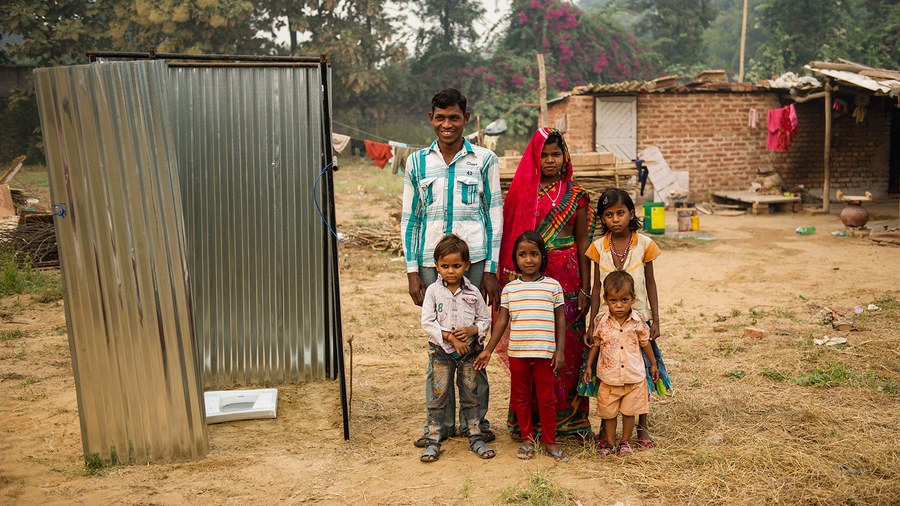
Gospel for Asia (GFA) started building latrines in 2012, setting a goal of constructing some 15,000 concrete outhouses by 2016. Potable water, of course, travels hand in hand with sanitation, and in 2016, the ministry’s field partners constructed more than 6,822 “Jesus Wells” and distributed 14,886 BioSand water filters to purify drinking water. Touching vignettes on GFA’s website make the statistics personal.
“This saved the lives of people from illness,” stated one villager—and indeed, toilets, when and if they are used, do just that.
A village elder expressed thanks: “The church is always concerned about the needs of people and works hard for a brilliant life for the community.”
There, indeed, is a thread that runs through Gospel for Asia’s stories of toilets: The pastor of the church in this village or that hamlet seems to be the catalyst for health improvement.
Organizations Tackling the Open Defecation Sanitation Crisis
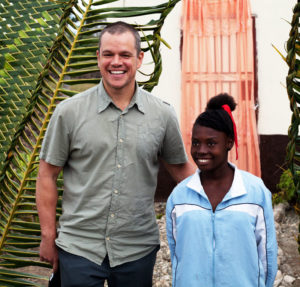
Much of the world is at war against the perils caused by inadequate or non-existent sanitation. People as diverse as Matt Damon, a Hollywood celebrity, award-winning actor and producer/screenwriter; and Narendra Modi, the current prime minister of India, are battling uphill against open defecation (in the sewers, in running streams, by the roadsides, in the fields and the forests, in garbage dumps).
Damon, driven by a desire to make a difference in solving extreme poverty, discovered that water and sanitation were the two basic foundations beneath much of what ails the world. Through his charity, Water.org, he and his business partner, Gary White, are using the microfinance template to provide loans for underserved people to connect to a service utility or to build a latrine for their homes. Some 5.5 million people have been impacted by his approach, and the group estimates they will reach another 2.5 million by the end of 2017.
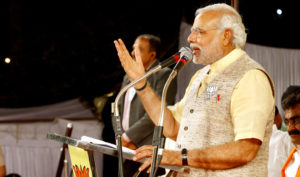
Photo by narendramodiofficial on Flickr / CC BY-SA 2.0
Modi actually campaigned for office with the slogan “Toilets Before Temples.” Using Gandhi’s 150th birthday—October 2, 2019—as a goal, the Indian prime minister declared his intention to end open defecation in the country by that date. A campaign was framed, Swachh Bharat Abhiyan (Clean India Mission), and $40 billion was allotted for building latrines and changing mindsets, while the World Bank contributed loans totaling another $1.5 billion.
Another big player in the sanitation action is the United Nations, which in 2000 established Millennium Development Goals to be achieved by 2015. While many of these goals were reached (some statisticians conclude that world poverty was halved; others, of course, disagree), progress nevertheless was erratic—great success here and there with some signee countries having few or no results.
Whereas improving sanitation, as Matt Damon discovered, along with clean water, undergirds many of the problems included in what is now being reframed by the UN as Sustainable Development Goals, the target to halve the proportion of the population living without access to improved sanitation facilities by 2015 was missed by almost 700 million people.
Talking Openly About Open Defecation
Another key dilemma in this discussion—open defecation, hardly a dinner-table topic or a mission committee agenda item—is the fact that accessibility to toilets does not always indicate usage. Changing habits is mostly a matter of changing mindsets in the face of the stranglehold of deeply entrenched beliefs.
Some 1.5 million people die globally each year from polluted water diseases alone.
Elizabeth Royte, in a comprehensive August 2017 National Geographic Magazine article, reports visiting Parameswaran Iyer, India’s secretary of drinking water and sanitation, in 2016. A hand-numbered sign on his wall tracks progress.
“You see that?” he asks. “One hundred thousand is the number of villages that are ODF today.” (ODF is the acronym for open defecation free).
Royte reports working the internal math: “Just 540,000 to go, I note; three years before Modi’s deadline.”
Other players, including the World Bank, the Bill and Melinda Gates Foundation (with $40 million dollars in prize money allocated toward innovative approaches to new toilet technologies), hundreds of concerned social entrepreneurs, engineers with altruistic motivations, East Asian water initiatives, and countless faith-based organizations are tackling the seemingly intractable worldwide dilemma of toilets, sanitation systems and sullied water.
What drives all this magnitude of interest, field research, consortiums and consultations on sanitation/water projects, awarding of grants and money prizes? Disease—plain and simple. Both waterborne and airborne. Some 1.5 million people die globally each year from polluted water diseases alone.
Facing the Facts about Toilets, Open Defecation
Elizabeth Royte, who is a sanitation expert traveling widely and reporting extensively, summarizes that “Modi aims to build more than 100 million new toilets in rural areas alone by 2019.” But she notes that “deep-seated attitudes may present an even bigger barrier to improving sanitation than a lack of pipes and pits.”
That being said, let’s first look at the data regarding the state of toilets and open defecation in Asia. Then let’s examine what development organizations, sanitation technologies and mission groups, namely Gospel for Asia, are attempting in order to help Asia become ODF.
Starting with a global overview, key facts regarding sanitation highlighted by the World Health Organization are:
39%
of the people who make up the world population use managed sanitation not serving other households, with systems in place to safely dispose or treat excreta (2015).
2.3 billion
People worldwide still do not have basic sanitation facilities.
892 million
People still defecate in the open.
10%
of the population is thought to consume food irrigated by wastewater
280,000
Deaths annually (estimated) are caused by sanitation deficient environments, which is linked to transmission of diseases such as cholera, diarrhea, dysentery, hepatitis A, typhoid, polio, intestinal worms, schistosomiasis, and trachoma.
Now, while Modi has emphasized improved sanitation, it’s worthwhile to note that India has been struggling with these issues even before winning independence from Great Britain in 1947. In fact, Gandhi insisted, “Sanitation is more important than temples.” Now, however, due to population growth, a conundrum exists: While the percentage that practice open defecation has dropped substantively, birth rates are creating an environment where more people live in geographic locations where fecal exposure is increasing, not decreasing.
- Today, some 157 million urban dwellers—that would be 37 percent of the urban population—lack a safe and private toilet. Even sewers are no guarantors of healthiness: In the capital city of Delhi, pipes are corroded; they ooze waste; and nearly a third of the booming city isn’t connected to underground lines. Many latrines flush into open drains, and 4 percent—some 700,000—of this urban population still defecate outdoors. Only 56 percent of the sewers are safely managed.
- Flies carry disease from roadsides and open fields. Just one gram of feces can contain 100 million viruses, 1 million bacteria and 1,000 parasitic cysts. These can be absorbed through cuts in the flesh, the porous nature of skin itself, or by drinking unsafe water and eating contaminated foods.
- Health figures are consequently staggering. Some 315,000 children under the age of 5 die each year from diarrhea. The chronically distressed digestive system doesn’t absorb nutrients or medicines well. Underweight mothers give birth to underweight babies. Stunting worldwide affects an estimated 165 million children under the age of 5. And all of the above and much, much more could be cured and eliminated by the installation and use of proper sanitation systems in slums, hamlets, rural villages and large cities across India.
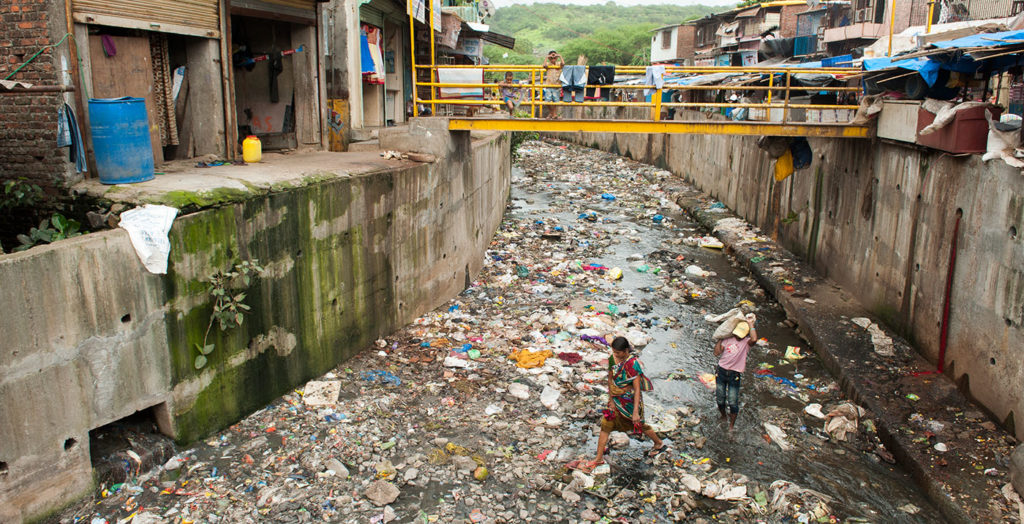
What Do the Sanitation Problems of the World Have to Do with Us?
For those of us with indoor flush toilets—and clean ones at that—with sewer lines that carry waste to treatment facilities, for those of us who live in places where waterborne and airborne bacteria are not a hazard, our response to the crisis of sanitation in the world is probably, So what? We don’t say this out loud, but like so many other dire extremes jockeying for our attention, it doesn’t really touch our lives.
However, in a majority of places, America, as has been noted, is starting to suffer from failing infrastructure. Most of us think of that in terms of roads and bridges needing repair or major overhauling, a transportation issue. Recently, reporters from the Chicago Tribune conducted an exposé of the high bills being charged for water in underserved neighborhoods around the city. Maywood residents in a western suburb pay one of the region’s highest water rates. This is simply because older pipes allow major seepage. Of the 946 millions of gallons that Maywood bought from neighboring Melrose Park in 2016, some 367 million gallons, or 38.7 percent, never made it to taps, costing residents in an already cash-strapped population nearly $1.7 million more than residents would pay in other towns of similar size. And the poor are tapped for a disproportionate share of the bill as compared to what wealthier users in tonier neighborhoods pay. The tax rates of the poor do not allow for major infrastructure overhauls.
What if I had to stand in line to use a communal latrine where flies buzzed, the floor was filthy, someone had evacuated due to acute diarrhea, and no one wanted to clean the mess? Now we’re getting closer.
Water problems may be closer than we think. Cheryl Colopy in her article titled “How No-Flush Toilets Can Help Make a Healthier World” makes the point: “In the United States, sewage treatment has not been a problem for the past half-century, but it could become one again as infrastructure ages and fails—especially if there is a lack of government money to replace it. In addition, certain regions of the U.S. are expected to experience water shortages as temperatures rise. New, water-saving, decentralized toilet technologies may need to be adopted not only in places like South Asia, but also in parts of the industrialized world.”
Indeed, we may be thinking about sanitation issues more in the near future than we ever thought plausible. Indeed, the burgeoning technologies used to solve defecation problems and to discover clean water solutions in the developing world may be solutions we also will seek not far down the road.
What If You Didn’t Have a Toilet?
So, I remind myself of toilet scenarios I do know about, then extrapolate some personal situations out to extreme what-ifs. Our home, in which we have lived for 38 years, has its own septic system. During that time, when we had extreme storms, the power would go out. This meant that no water could be pumped from our underground well, and this electric outage disabled our showers, our faucets and our toilets. I used to store plastic bottles of water so when things went black, we could brush our teeth, get dressed by candlelight (since there are no windows in any of our bathrooms), and—get this—flush our toilets. If the power did not come back on for a couple days, the frozen food thawed and an excess of detritus threatened to overflow the toilet basin.
So, I extrapolate—what if this happened all the time? What if sewer lines broke, became clogged and backed up regularly? What if I lived in poverty and there were no plumbers and no money and no electric company to call to fix our difficulties? What if I had to stand in line to use a communal latrine where flies buzzed, the floor was filthy, someone had evacuated due to acute diarrhea, and no one wanted to clean the mess? Now we’re getting closer.

In the refugee camps of the world, my travel companions and I held ridiculous discussions as to who had invented squat toilets—men or women? Someone shot a photo of me holding a rickety latrine toilet door upright while a woman co-worker trusted me to guard her privacy while she did her business inside. I am laughing, howling with laughter really, at a ridiculous situation, but this is, for most of the world, not a laughing matter.
Extrapolate. What if there was no female friend to hold the door? What if the floor around the squat toilet inside was filthy and you had to pull up your sari and rest the top half of the door against your forehead to keep it from falling? What if you believed that the little structures, dark and dank and scary inside, were really inhabited by demons? Smelling an overflowing latrine from 20 feet away might persuade even a Westerner to think similarly, even if only metaphorically. In truth, I don’t like the few outhouses I’ve been forced to use in the States, nor many of the spooky national park public facilities, and I certainly avoid, if I can help it, those portable potties hauled in on trucks for public events or construction work sites.
When Your Septic Tank Problems Bring Embarrassment
My last attempt at toilet empathy. About 10 years after we had moved into our home in West Chicago, Illinois, our neighbor across the back yard knocked on the door and apologized for needing to complain about the stinking water that was seeping into his property.
“I think you may be having trouble with your septic system,” he reported, embarrassed to have to point this out.
I called two septic companies. One told me I needed to have the whole septic field replaced; it would cost us $10,000. The other service man diagnosed another problem, but his estimate was about the same as the first. Then I went to the DuPage County Health Department and asked what septic firms they would recommend. I called Black Gold, whose reps complained about the septic map drawn by the original company that laid our field that was now leaking.
“Would the health department let us get away with a layout like this?” he asked his partner. They both obviously thought the field plan had been rendered by some septic idiot. Sure enough, after spending about 45 minutes prodding our three-quarters-of-an-acre lot with long poles, I was informed: “Lady, you don’t need no new septic field. The lines of what’s there aren’t connected to the tank.” His fee was $3,000. I made a garden out of the areas that were torn up by their repairs.
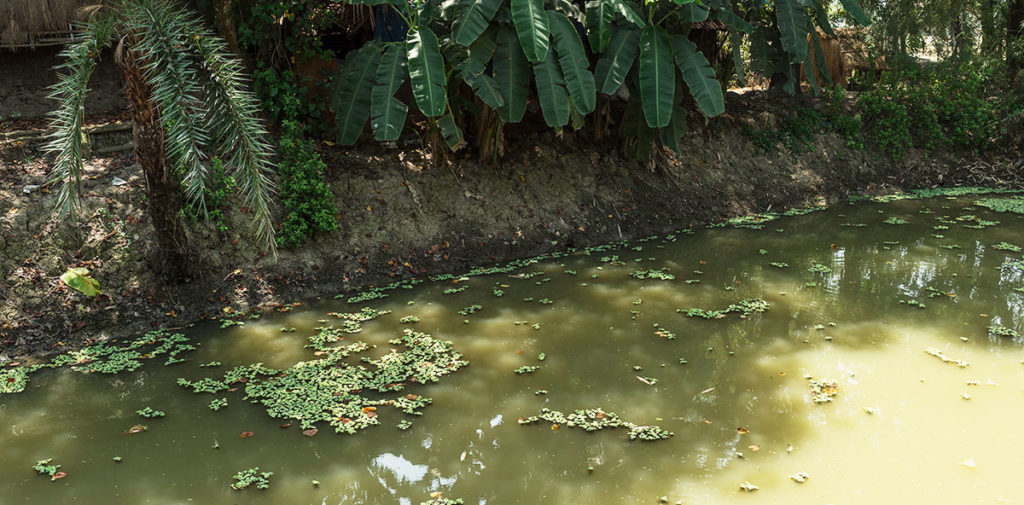
So, what if I lived somewhere that permanently seeped smelly, vile, germ-ridden, brown liquid? What if the river at the back of the land was a running sewer, and my grandchildren couldn’t romp and splash in it? (As one writer vividly describes: “In stagnant reaches, methane bubbles up through the grey-green water, and the stench of rotten eggs—hydrogen sulfide—wafts into homes.”) What if the fields were filled not only with animal feces but the excreta of some 300 neighbors?
You come up with your own empathy-building stories.
Communities Band Together to Improve Sanitation
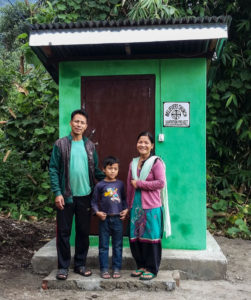
Prime Minister Modi and his teams are sold on community-led initiatives, and so should they be. Change works best when a whole population is committed to seeing it happen.
Elizabeth Royte wrote: “The Indian government is rewarding certified ODF villages by moving them to the front of the line for road or drinking-water improvements. It has launched an advertising campaign that exalts Swachh Bharat mascots, like the 106-year-old woman in Chhattisgarh state who sold seven goats to build two toilets. It has enlisted cricket and Bollywood stars to exhort people to use the new latrines.”
Community development often works best when it is exactly that: an idea that grows out of the mind of some visionary who lives within the locality that has a need, a visionary who is not only capable of strategic thinking but also feels empathy and who is moved by compassion by the people nearby—his or her neighbors. And when a whole community becomes involved in “cleaning up its act,” there are few powers on earth that can withstand such initiative.
Now what’s interesting about Gospel for Asia’s stories surrounding sanitation is that it is the local pastor in the village, who out of concern and knowing that open defecation is a deadly disease-breeding potential, exercises his compassion to love his neighbors by being concerned about the availability of latrines.
This is an excerpt from one of GFA’s stories called “Welcome to Their Toilet” that talks about how one community was forced to use the open fields to defecate because they had no other proper place.
The local GFA pastor, Vidur, understood the villagers’ struggle. He himself had been ministering in the area for more than 10 years. Knowing people’s lives were at risk whenever they used the fields as their toilet, he wished there were a way to help them.
Then he found out Gospel for Asia had started a program to promote sanitation in underprivileged areas. Excited about the opportunity to help his community, he asked his leaders to build four toilets in the village.
That’s when Janya and her husband, Lalan, gladly offered some of their land for one toilet.
In January 2013, when the villagers saw a concrete outhouse rise out of the dusty ground, they poured out their gratitude to Pastor Vidur and the church.
“[This] saved the lives of people from illness,” shared one villager.
Even the village leader expressed thanks. “[The church] is always concerned about the need of people and works hard for a brilliant life for the community,” he said.
What an extraordinary example of love in practical action.
“Love the Lord your God with all your heart and mind and strength. And love your neighbor as yourself.” —Luke 10:27
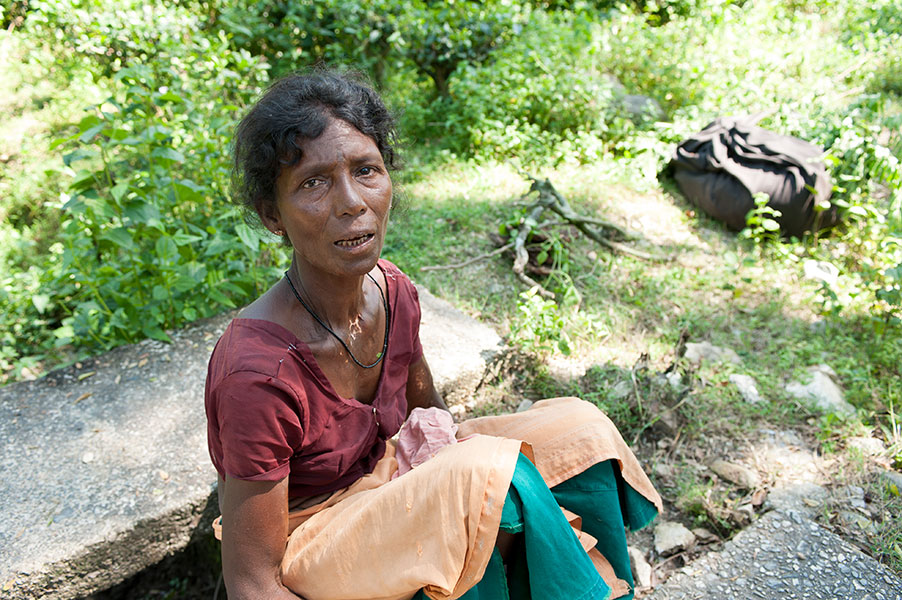

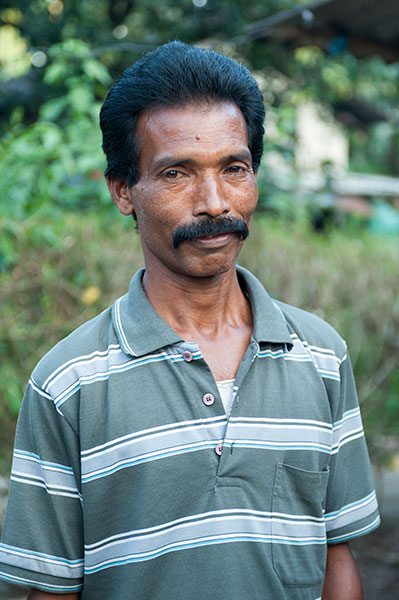
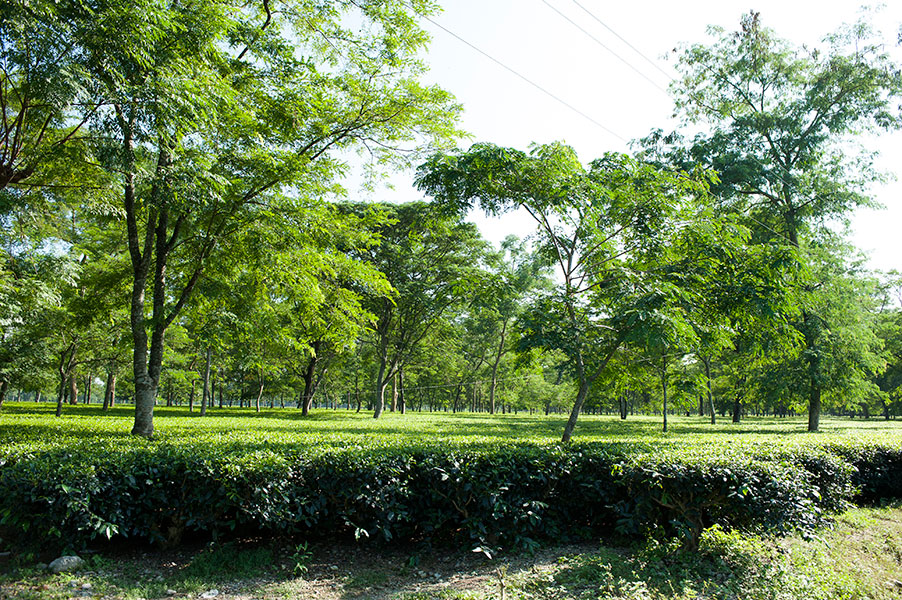
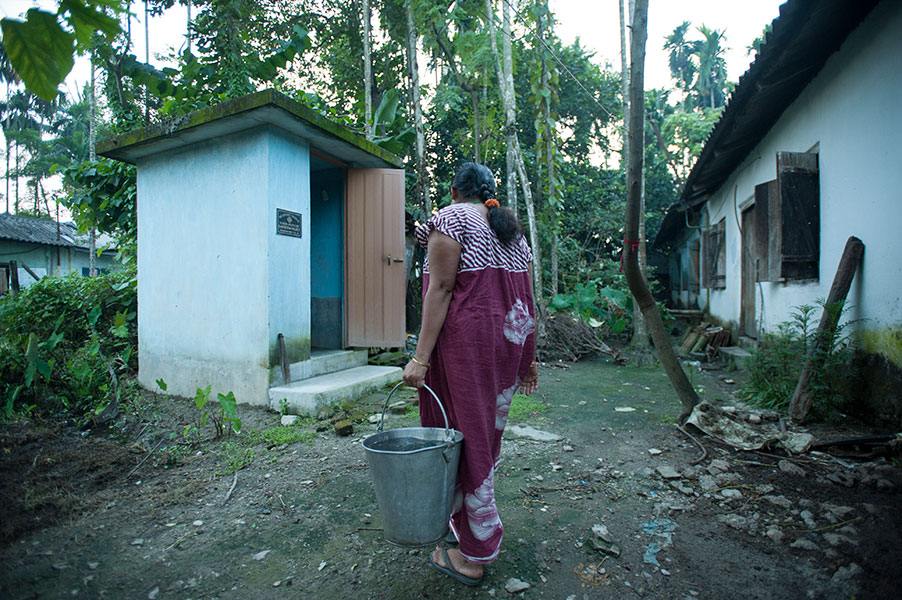
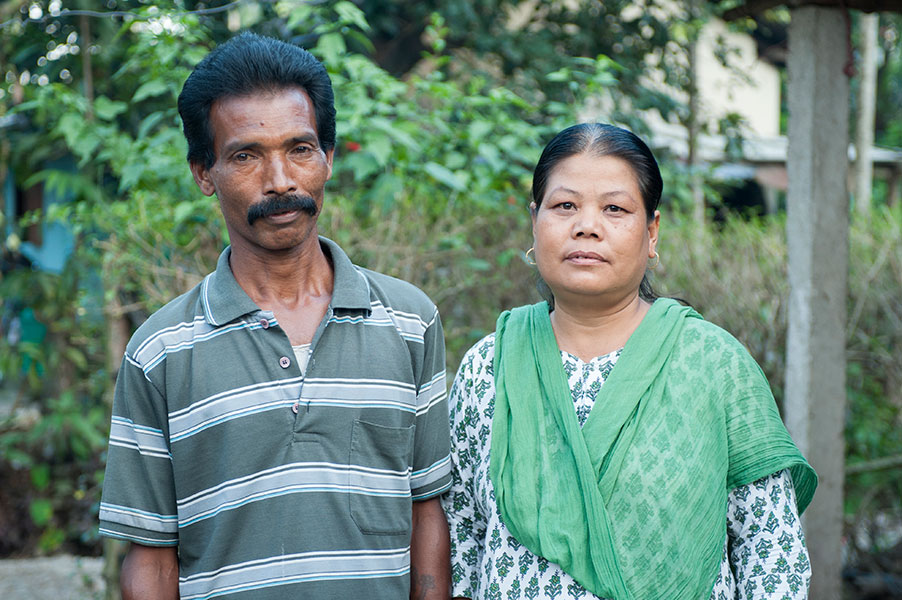
On the Brink of Innovations, Change in Sanitation
Toilet technology is on the edge of remarkable, cost-effective, ecologically friendly frontiers. They’re becoming self-cleaning and solar-powered. A solar-powered toilet that converts waste into charcoal that could then be used as fertilizer. An indoor toilet that works like a garden composter, spinning the contents and reducing odor and the number of dangerous pathogens. Portable rickshaw toilets. A community bio-digester toilet designed to convert human waste into gases and manure. Once ideas begin flourishing, there is no limit to what can happen.
I’m banking on Prime Minister Modi’s ODF Campaign to be successful. The hardest pull of any new effort is almost always at the beginning, but once new ideas start rolling, they gather momentum. Some of the new toilet technologies may become catalysts as well. In addition, there are hundreds of international organizations working on sanitation solutions. They understand that one size does not fit all the variables that make up the particulars in this vast discussion, but added all together, it is a prohibitive association with evidence of remarkable dedication.
And when a whole community becomes involved in “cleaning up its act,” there are few powers on earth that can withstand such initiative.
A Canadian doctor, one of those “creative renegades” unhappy with the condition of the world and one whom I have come to admire and love, was appointed as a Provincial Health Officer in the highlands of Papua, New Guinea. While making an aerial survey, he and his team discovered one village that was distinctly cleaner and healthier. Far below them was the evidence of what turned out to be a pastor with some basic health training who had taught his people those lessons, and the difference could be seen from the air. That one flight changed their lives. They began to search for a more integral way of ministering and soon began using and teaching a community health evangelism methodology, which had been developed in Africa.
Sometimes we get lost in the details on the ground. We need to stand back, take deep breaths and find some way to gather broader assessments—some kind of aerial view. Progress is being made; it’s just a little harder in some places than in others. I’m proud that Gospel for Asia (GFA) is one of the players. Last year, Gospel for Asia (GFA) helped provide 10,512 toilets for needy communities throughout Asia.
Shout Out to Toilets!
Christianity has everything to do with sanitation. We serve a God who is expecting us to help restore the world He created to its original design. That is a world, among many other things, without rampaging diseases. One day, Scripture promises, it will be a world without death and suffering. So, in this interim, let’s hear a shout out for all the toilets in the world!
For more information about this, click here.




